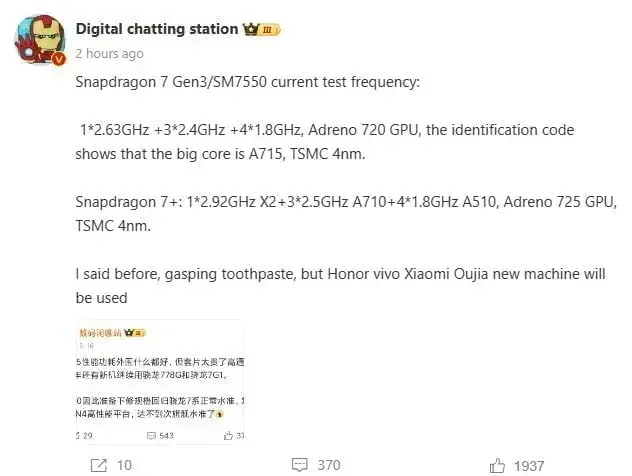Vivo has officially announced that the T3 Pro will be launched in India at noon on August 27. Some details about the T3 Pro have already been disclosed by the company, which you can find below.
The design of the T3 Pro significantly differs from its predecessor, the Vivo T2 Pro, as well as other models in the T3 series such as the Vivo T3 and T3x. Instead, it shares a stronger resemblance with the flagship iQOO 12, particularly due to the rounded square camera module on its back.
Display and Design
Official specifications indicate that the T3 Pro features a "3D Curved AMOLED" display, boasting a peak brightness of 4500 nits. The company promotes this phone as the "brightest curved phone in the segment." The back panel and middle frame are also curved, aiming to provide a comfortable grip. Additionally, the top of the frame appears flat or slightly concave. The official images suggest the phone will offer a vegan leather back panel option.
Although further official details are yet to be announced, earlier rumors provide insights into potential features.
Performance and Specifications
The vivo T3 Pro is rumored to be the slimmest phone with a curved display, measuring just 7.49mm. In terms of performance, it will be equipped with a Snapdragon chipset, as hinted by the teaser. A previous rumor suggests it might be the Snapdragon 7 Gen3. This is expected to be coupled with a substantial 5,500 mAh battery. For comparison, the vivo T2 Pro utilized the MediaTek Dimensity 7200 chipset and was equipped with a 4600 mAh battery, which supports 66W fast charging.


